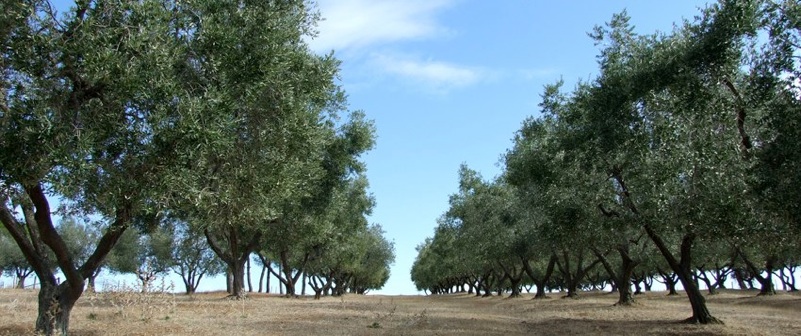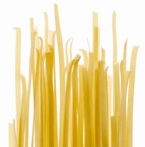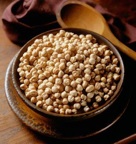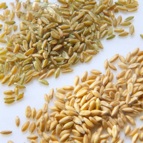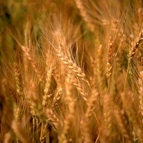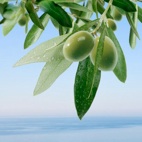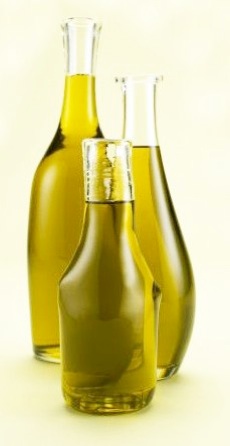In Italy there are hundreds and hundreds of olive varieties, each of which is good, tied to their land of origin.
These olives, different among themselves, give rise to different oils in scents and flavors.
According to European legislation, currently, oils derived from olives and olive oilcakes are distinguished:
• Extra olive oil. Virgin olive oil, with acidity (expressed as oleic acid free) not exceeding 1 gr/100 gr and other characteristics established to those laid down for this category.
• Virgin olive oil. Virgin olive oil, with acidity (expressed as oleic acid free) no more than 2 gr/100 gr and other characteristics equal to those laid down for this category.
• Olive oil right-virgin. Virgin olive oil, with acidity (expressed as oleic acid free) not exceeding 3.3gr/100gr and other characteristics equal to those laid down for this category.
• Virgin olive oil obvious. Virgin olive oil, with acidity (expressed as oleic acid free) exceeding 3.3gr/100gr and other characteristics equal to those laid down for this category.
• Olive oil refined. Virgin olive oil obtained by chemycal refining virgin olive oils and acidity (expressed as oleic acid free) exceeding 0.5 gr/100 gr.
• Olive oil. Refined olive oil blended with virgin olive oils, other than blatant, with acidity (expressed as oleic acid free) not exceeding 1.5 gr/100 gr.
• Raw Olive-pomace olive oil. Oil obtained from oilcakes olive by solvent.
• Olive-pomace oil refined. Oil obtained by refining (and thus always in a chemical way) of crude olive-pomace oil with acidity (expressed as oleic acid free) not exceeding 0.5 gr/100 gr.
• Olive-pomace oil. Olive-pomace oil refined blended with virgin olive oils, other than blatant, with acidity (expressed as oleic acid free) not exceeding 1.5 gr/100 gr.
EXTRACTION
The Reg. Ce 1019/2002, on labelling and packaging of virgin oils and extra virgin olive oil, states that can boast of indications:
• “first cold squeezing”: oil or extra virgin olive oil obtained less than 27 degrees centigrade with a crushing first mechanical pulp of olives, with a system of extraction of traditional with hydraulic presses.
• “Cold Extract”: oil or extra virgin olive oil obtained less than 27 degrees centigrade with a percolation process or centrifugation pulp of olives.
The fundamental difference between the two various awards is solely the system of extraction of oil, or better, the separation of the three stages (oil-water-pomace).
In both cases, the oil must be obtained at a temperature below 27 degrees centigrade.
This parameter is then usually correlated with another figure, equally important, which is the temperature of kneading. The interaction between these two factors is known physical and found, on average, a deterioration of the chemical characteristics (acidity, peroxides, polyphenols) even more and raise the temperature increase kneading time. These chemical changes are also a change of organoleptic profile, in particular extolling the sweet and a loss of fruity scents and plants as we work to higher temperatures and for longer times.
Pressed or Extract?
The indication "first cold squeezing" contains, in itself, an anachronism and it is devoid of meaning. It is in fact now known, at least to all professionals,that for decades it has no longer run a second pressing of olives on pasta. This custom was passed, yet born when there were no hydraulic presses, capable of reaching considerable pressure (600 atmospheres). When was still the man or an animal to operate presses, which obviously could not achieve these pressures. It was therefore necessary to extract all the oil, provide two or three presses, preceded by as many kneadings. The oil "first cold squeezing" was certainly the highest quality. This distinction, with the introduction of hydraulic presses has become anachronistic. Remained the imagination of consumers, the Community legislature has preferred to support this belief rather than accurate information and disclosure. Rather than "first cold" today we should say, more correctly and simply, "cold".
Among other things, the traditional extraction, presses, looks set to disappear. It a system that presents significant disadvantages when compared to that by centrifugation. It requires much more manpower fact, a more careful control of the process more difficult can be tracked using technology, a more difficult management of optimal health conditions. If not enough, fiscoli or diaphragms filtering, separating layers of pasta, are intended to deteriorate rapidly and is also useful to transfer any negative connotations matches following the wrong one. In sum, the traditional extraction system, called discontinuous, no longer those standards required by the market, in terms of efficiency, and survive only thanks to attachment of a fan.
The inclusion of indications "first cold" and "cold extract" in Reg. Ce 1019/02 is mainly, if not solely, the attempt to regulate the use of indiscriminate and uncontrolled mentions that arouse the interest of the consumer.
Finding these terms in the label is a sign of special attention and care by the manufacturer, towards the process of extraction. It implies that it is an interest, at least at this delicate stage, to the quality of the finished product rather than the quantity obtainable.
